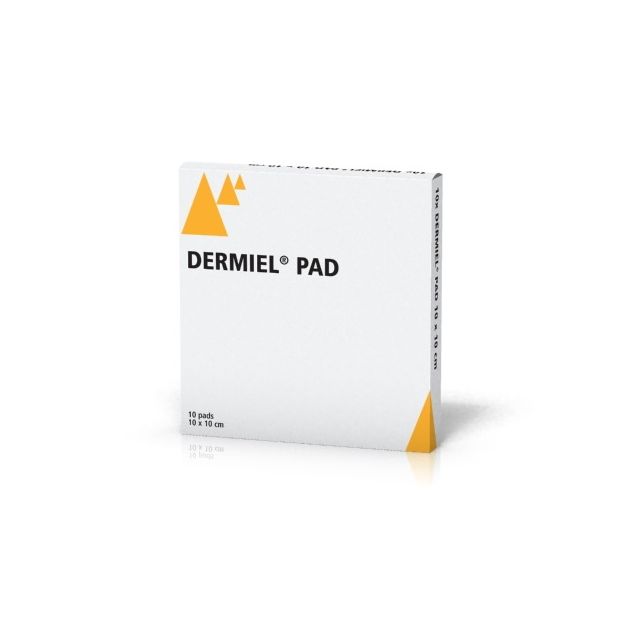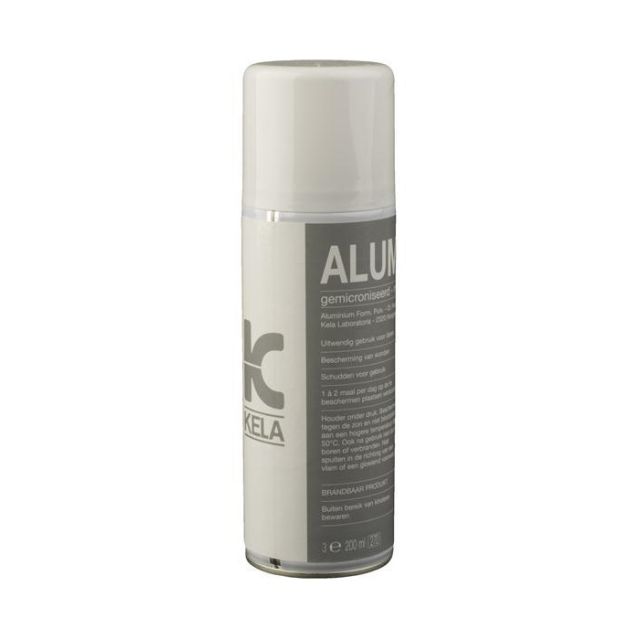The skin and coat of the horse
A healthy, shiny coat with apple-like sheen is a sign of your horse's health. Pharmacy4pets assists you in keeping the skin, coat, and hooves of your horse healthy and offers advice on equine skin issues.
Supporting the Healthy Skin and Hooves of Your Horse
Sectolin Linseed Oil helps keep your horse's skin and coat healthy and shiny. Particularly during shedding periods, your horse can greatly benefit from these extra omega 3-6-9 fatty acids, though linseed oil can also be a permanent part of your horse's diet. A persistently dull coat can indicate underlying health problems and is certainly a reason for a veterinary visit. Biotin, such as Equistro Kerabol Biotin, helps maintain the hooves, skin, and coat of your horse in good condition, making it an essential supplement! Equimyl SIS Shampoo is a nourishing and caring shampoo with oatmeal, specially developed for horse skin.
Skin Problems in Horses
There are various skin issues that can occur in horses. We are happy to tell you more about the most common issues.
Wounds and Skin Irritations
Superficial scrapes and skin irritations can often be well-managed with honey ointment, such as L-Mesitran Honey Ointment. To act swiftly in cases of scrapes or irritations, it is important to have a complete horse first aid kit at the stable.
Fungal Infections in Horses
A fungal infection in horses, also known as ringworm, girth itch, or dermatophytosis, typically begins with small, flaky, round bumps on the skin with raised hairs and crusts. Over time, a round thickening in the skin occurs where the hairs often fall out. The spots have a grayish-white color and usually do not itch. They are primarily located at places where the saddle, bridle, harness, or blanket rubs against the skin. Horses with weakened immune systems, such as young horses, are most susceptible to fungal infections. Skin fungi are contagious and transmissible to both humans and animals, either through direct contact or via brushes, feeding troughs, blankets, harnesses, saddles, and within stables or buildings. Moreover, some horses might carry the fungal spores without showing visible spots. Fungal infections should be treated by repeatedly washing with a fungicidal agent, such as Imaverol. The horse must be completely washed as the fungal spores can also be present on unaffected areas. Items such as saddles, blankets, and brushes must also be carefully cleaned with the same solution. Furthermore, the stable must be thoroughly cleaned and disinfected. To prevent further spread, maintaining good resistance is crucial. Isolate the infected horse and prevent transmission to other horses via your hands or materials. Ensure good ventilation in the stable. Vaccination against fungus is possible and can be advisable if the horse is housed in a stable where fungal infections occur frequently.
Summer Itch
Summer itch, also known as tail and mane eczema (SME) or sweet itch, is caused by an allergy to the saliva of the Culicoides midge. Due to the severe itching, many horses with SME continuously rub, often until bleeding, resulting in irritated and thickened skin patches, particularly between the mane and at the tail.
SME can occur in any horse, but breeds such as Friesians, Fjords, Haflingers, Icelandics, and Shetlanders appear more susceptible. The primary measure for summer itch is a good eczema blanket. This blanket covers the torso, neck, belly, and tail base. It should be worn before the first midges can bite (usually in March) and continuously until the end of the season, typically by the end of October. Keeping your horse stabled during dusk can help. Typical fly sprays usually have insufficient effect against midges. Through your veterinarian, you can obtain a spray approved for use in cattle that still offers some effectiveness. If skin damage occurs despite preventive measures, Sectolin Sweetitch can provide relief.
Pastern Dermatitis
Pastern dermatitis, a skin inflammation of the pastern with crusts, scales, swelling, and sometimes painful sores, mainly occurs during wet periods and can have various causes. Often, it involves a bacterial skin infection arising from prolonged exposure to moisture and dirt, weakening the skin barrier (muddy pasture or dirty stable).
Infections with scabies mites, sunburn, or hypersensitivity due to, for example, excessive washing with irritating agents (including menthol- and alcohol-based products), insects, or plants can also contribute to the development of pastern dermatitis.
The following symptoms may indicate pastern dermatitis:
- Crusts or cracks, redness, scales in the pastern/on the lower leg.
- Wet discharge.
- Thickening of the skin.
- Itching (rubbing legs or persistent stamping).
- Pain upon touch.
- Swollen lower leg, lameness and/or fever combined with one or more of the above symptoms.
Since various causes can lead to pastern dermatitis, it is important to tailor the treatment to the cause. If you suspect pastern dermatitis, have a veterinarian examine your horse. Do not wait if the leg is swollen and/or painful or if the horse is ill! In all cases of pastern dermatitis, it's crucial to keep the horse in a clean and dry environment. Prevent the legs from getting wet as much as possible and dry them well and carefully if they become moist after, for example, grazing or washing. In an early stage, treatment with a disinfectant shampoo or chlorhexidine wipes (such as with betadine or chlorhexidine) and ointment like Sectolin Moccare is often sufficient. Washing should be done with warm water and must be done very gently to avoid further damage by rubbing too hard. Sometimes, an ointment with anti-inflammatory agents and/or antibiotics is necessary.
If you have any questions about our products or the skin, coat, or hooves of your horse, please contact us.


